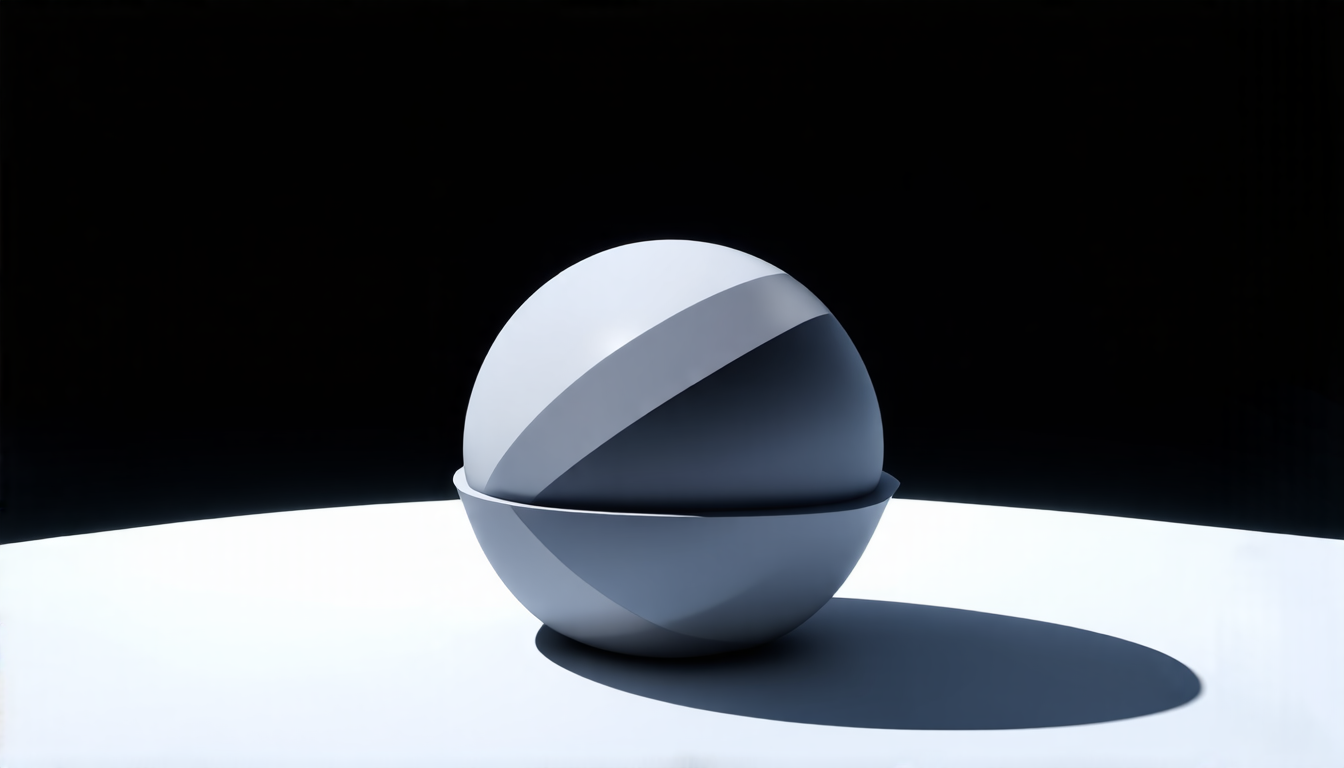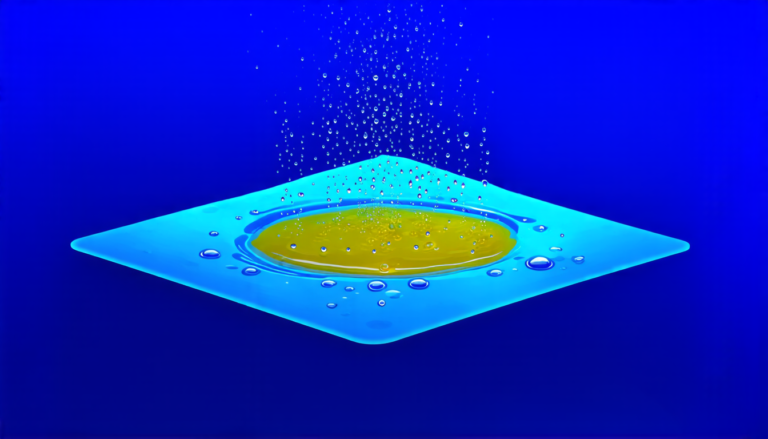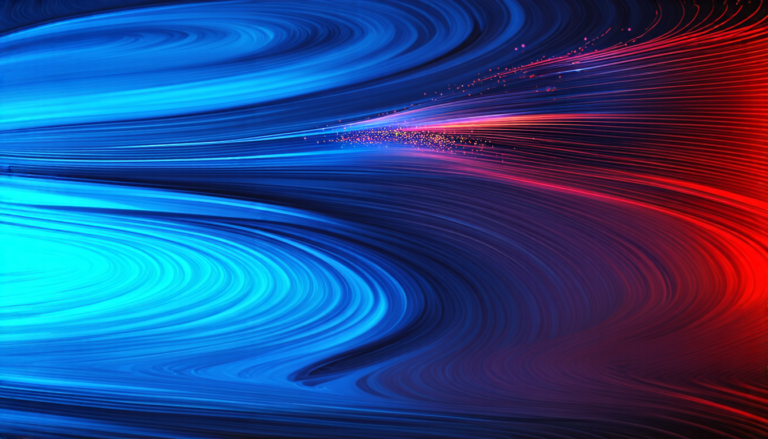Sunday 02 February 2025
The pursuit of mathematical perfection is a never-ending quest for mathematicians and computer scientists alike. In recent years, researchers have been working tirelessly to classify and understand the properties of smooth complete toric threefolds, which are complex geometric objects that can be thought of as higher-dimensional analogues of spheres.
One of the most significant challenges in this field is determining whether a given toric threefold is projective or not. Projectivity is an important property of algebraic varieties, and it has far-reaching implications for many areas of mathematics and computer science.
In a recent paper, researchers Fujino and Sato have made a significant breakthrough in the study of non-projective complete toric threefolds. They have demonstrated that there exists a smooth complete toric threefold with Picard number five that is not projective. This result has important implications for our understanding of the properties of these geometric objects.
The researchers’ approach was to construct a specific example of a smooth complete toric threefold using a combination of algebraic and geometric techniques. They then used a series of careful calculations to demonstrate that this object had the desired properties.
One of the key insights underlying this work is the importance of understanding the behavior of toric contractions, which are a type of morphism between algebraic varieties. Toric contractions play a crucial role in many areas of mathematics and computer science, including the study of algebraic geometry and the classification of complex geometric objects.
The researchers’ example also highlights the need for further research into the properties of non-projective complete toric threefolds. While this result is an important step forward, it is clear that there is still much work to be done in order to fully understand the properties of these geometric objects.
In addition to its importance for mathematicians and computer scientists, this result also has implications for physicists and engineers who use algebraic geometry and complex analysis to model real-world systems. The ability to classify and understand the properties of smooth complete toric threefolds is a crucial step towards developing new theories and models that can be used to describe complex phenomena in fields such as quantum mechanics and relativity.
Overall, Fujino and Sato’s work represents an important advance in our understanding of non-projective complete toric threefolds. It highlights the power and versatility of algebraic geometry and demonstrates the importance of continued research into this fascinating field.
Cite this article: “New Insight into Non-Projective Complete Toric Threefolds”, The Science Archive, 2025.
Toric Threefolds, Algebraic Geometry, Projective Geometry, Non-Projective Varieties, Picard Number, Toric Contractions, Morphisms, Complex Analysis, Quantum Mechanics, Relativity
Reference: Osamu Fujino, Hiroshi Sato, “On non-projective complete toric varieties” (2024).






